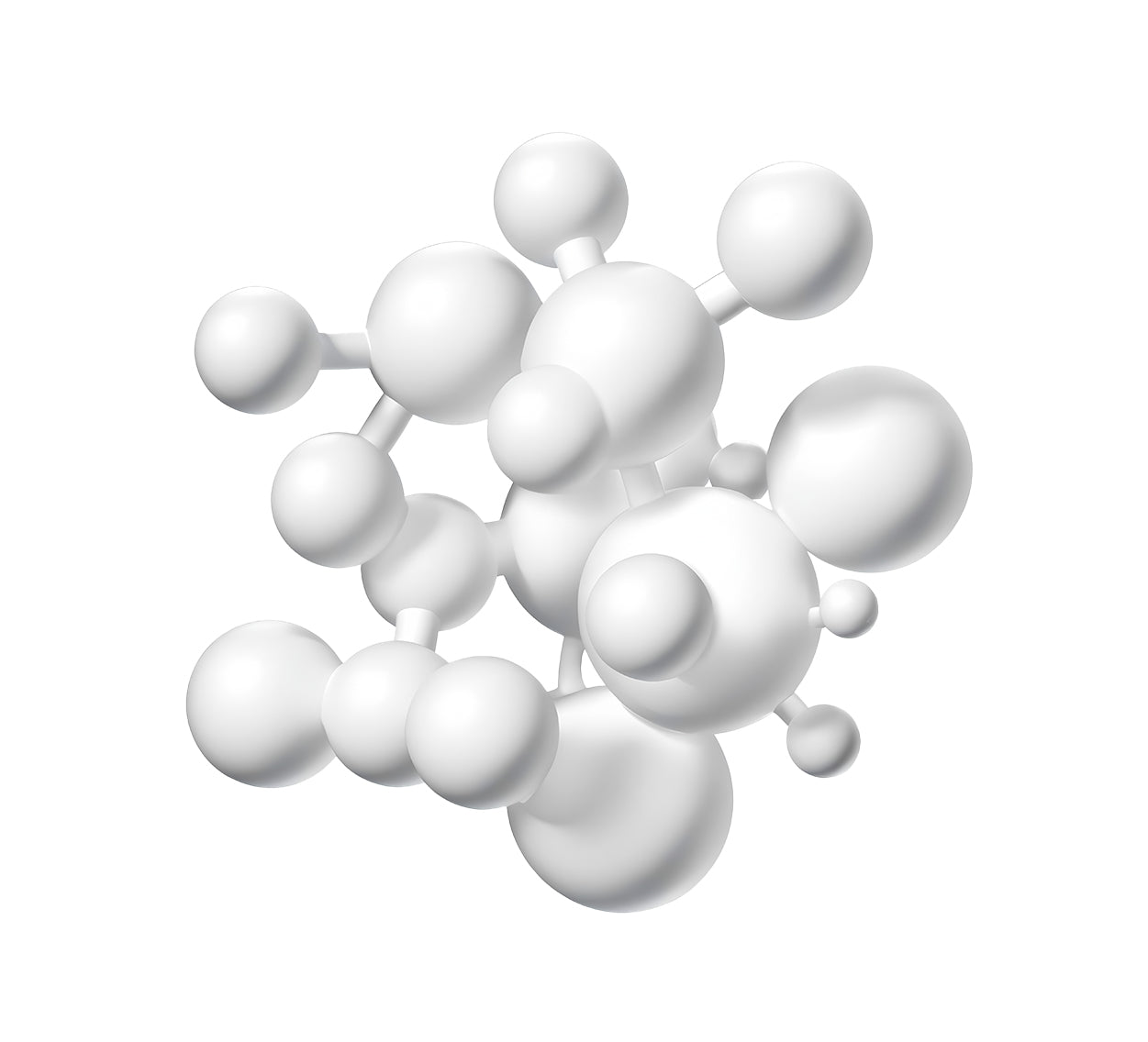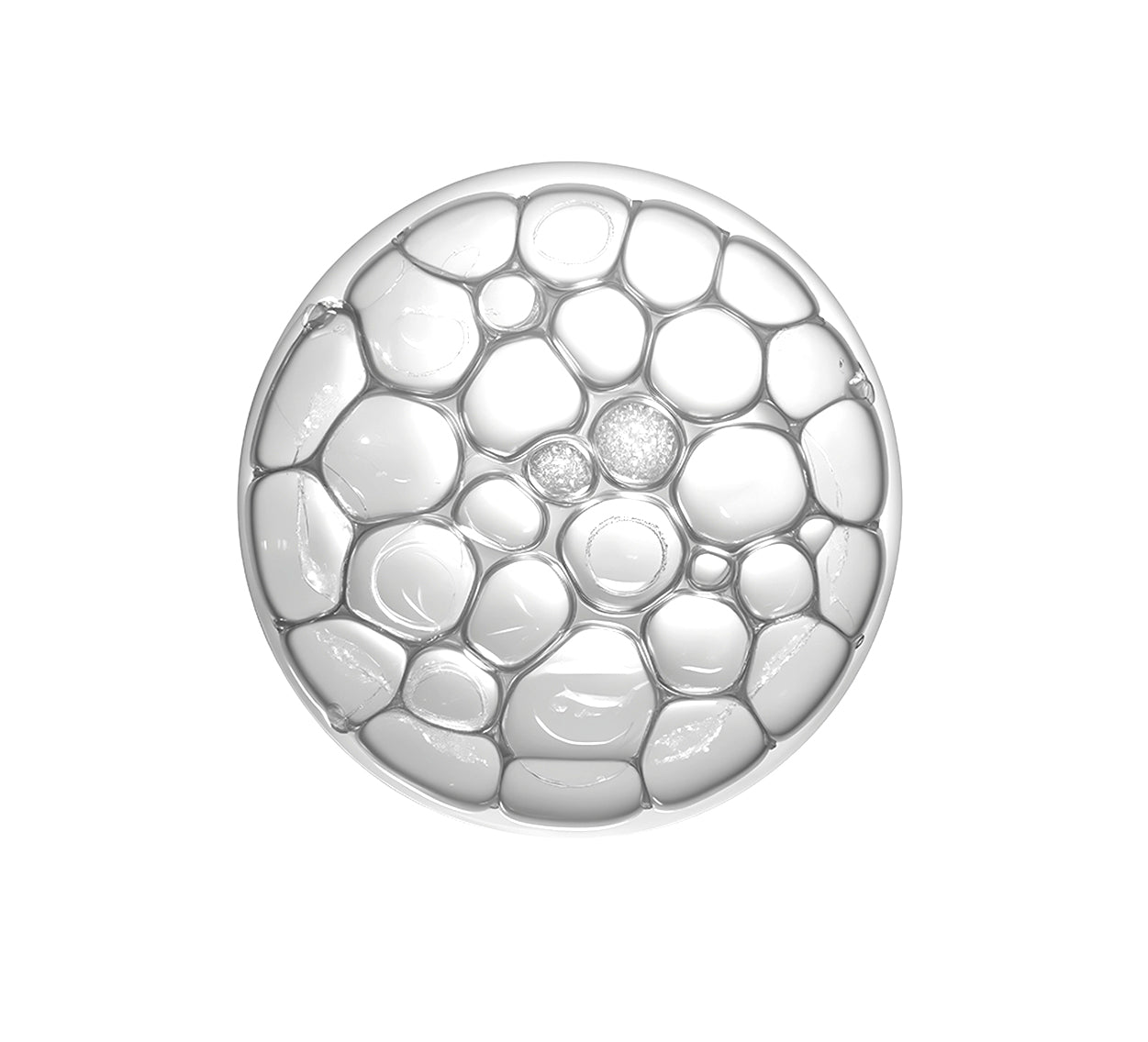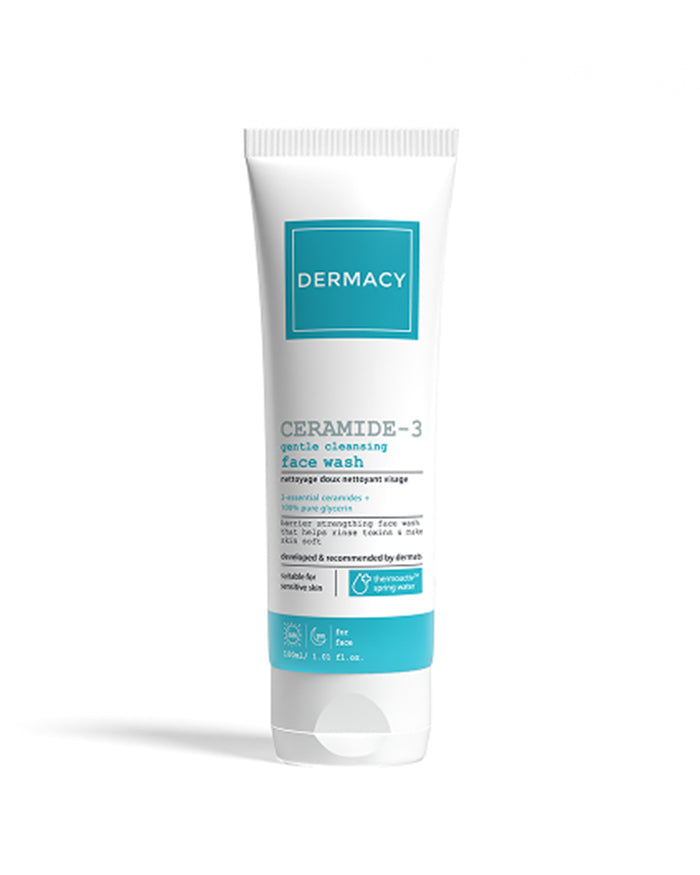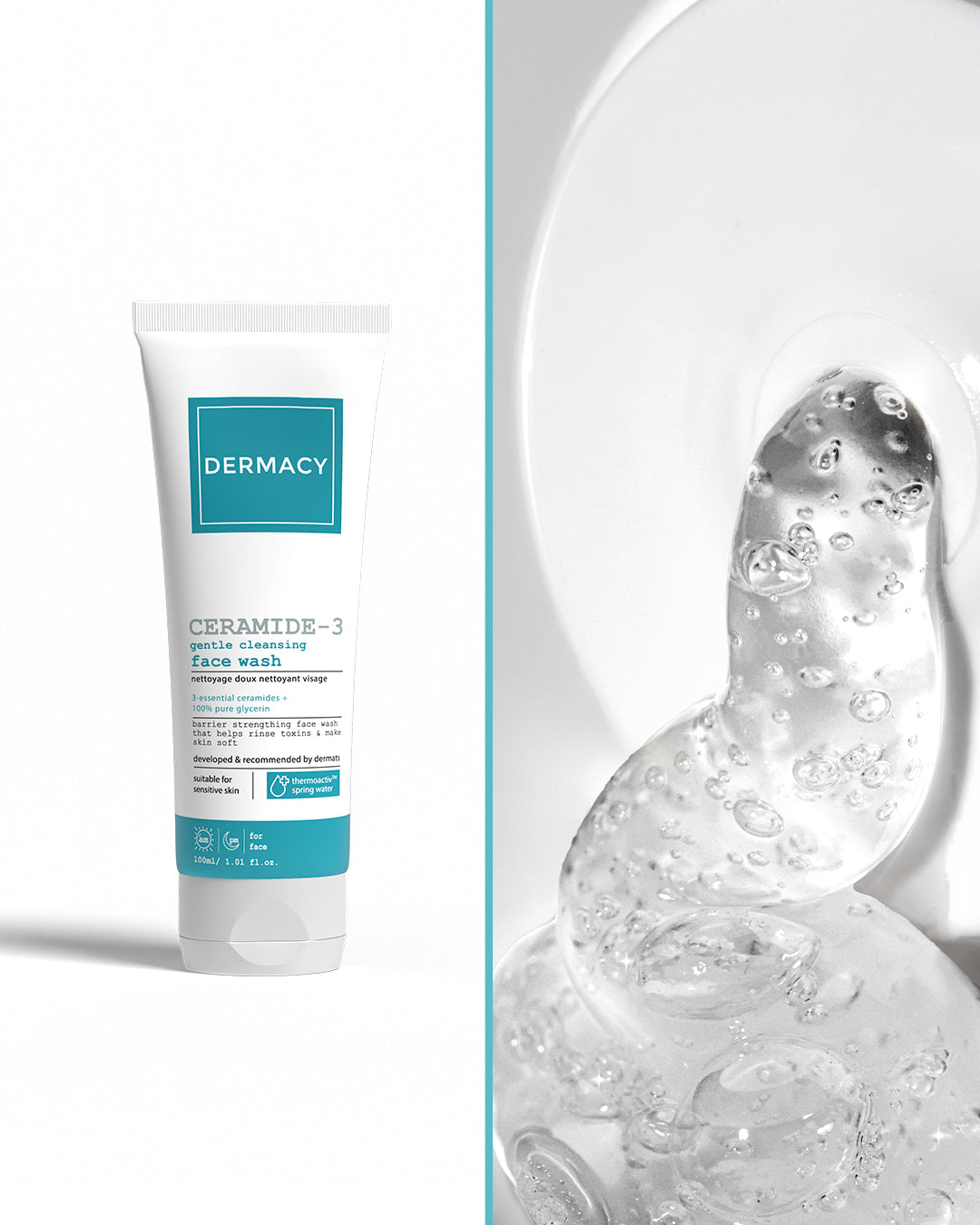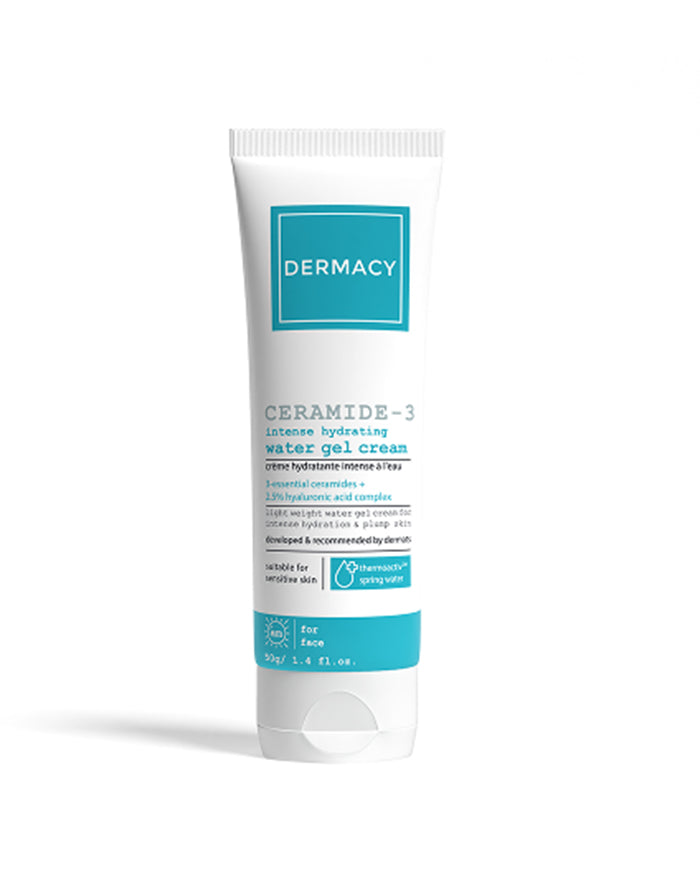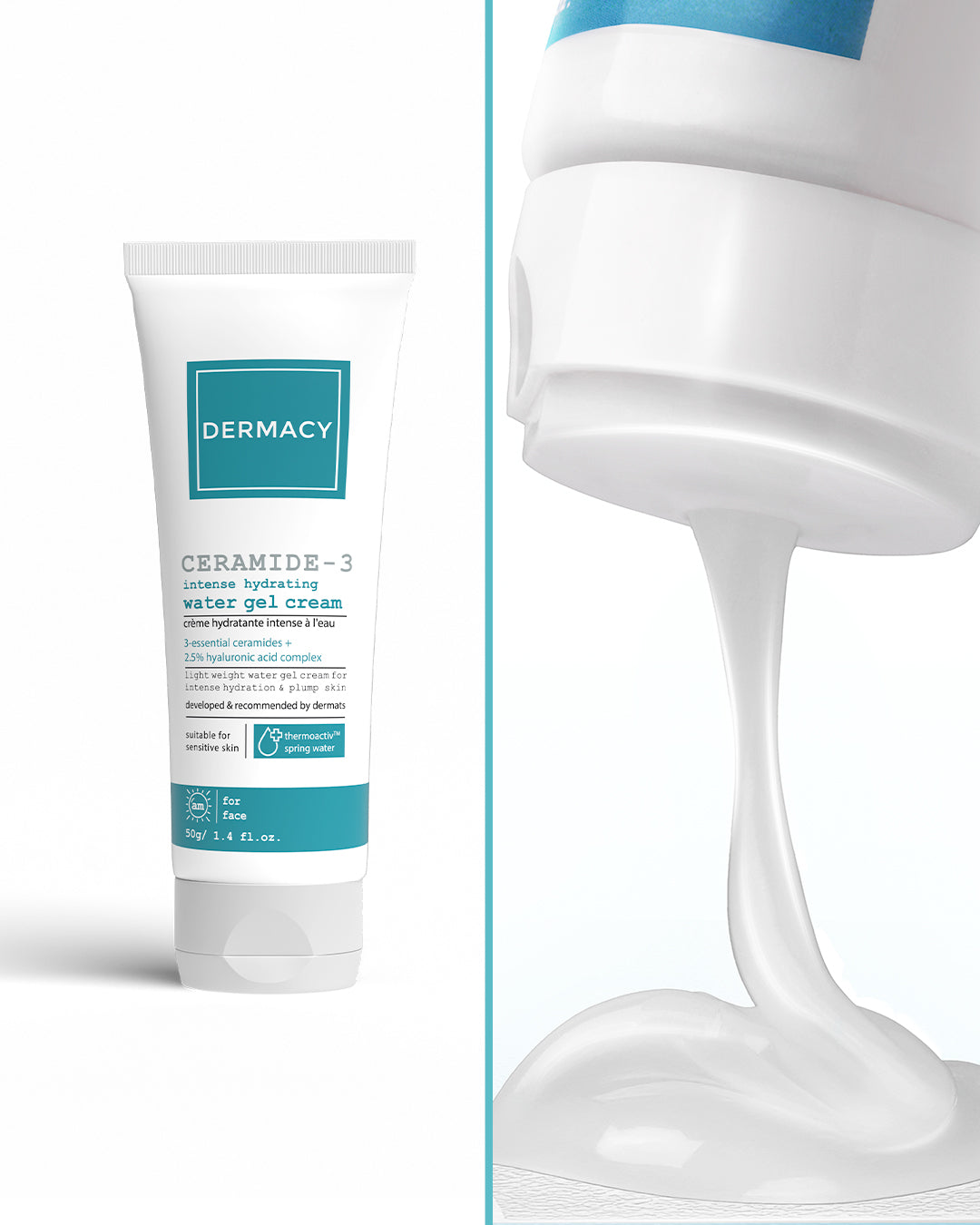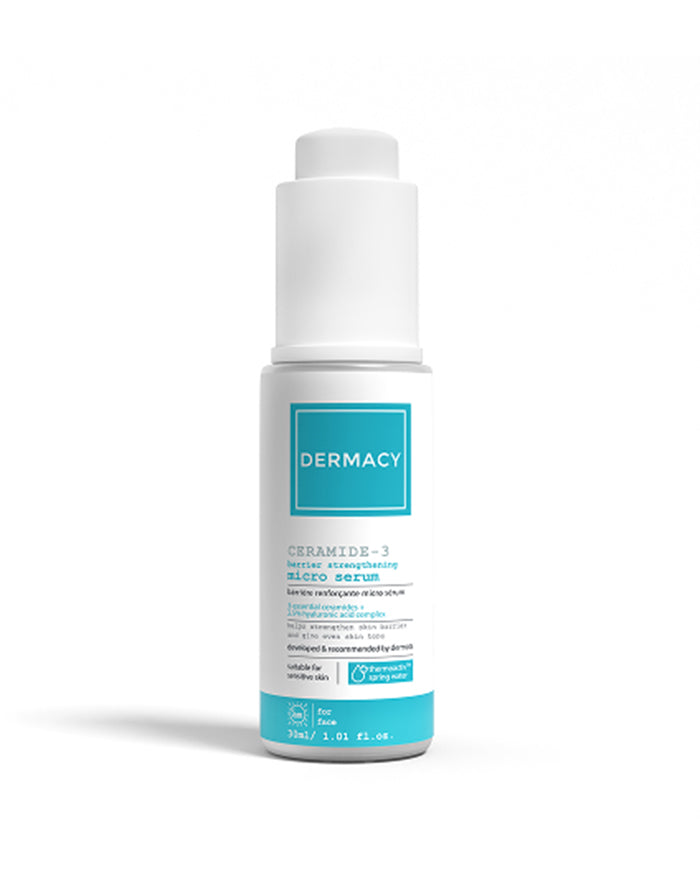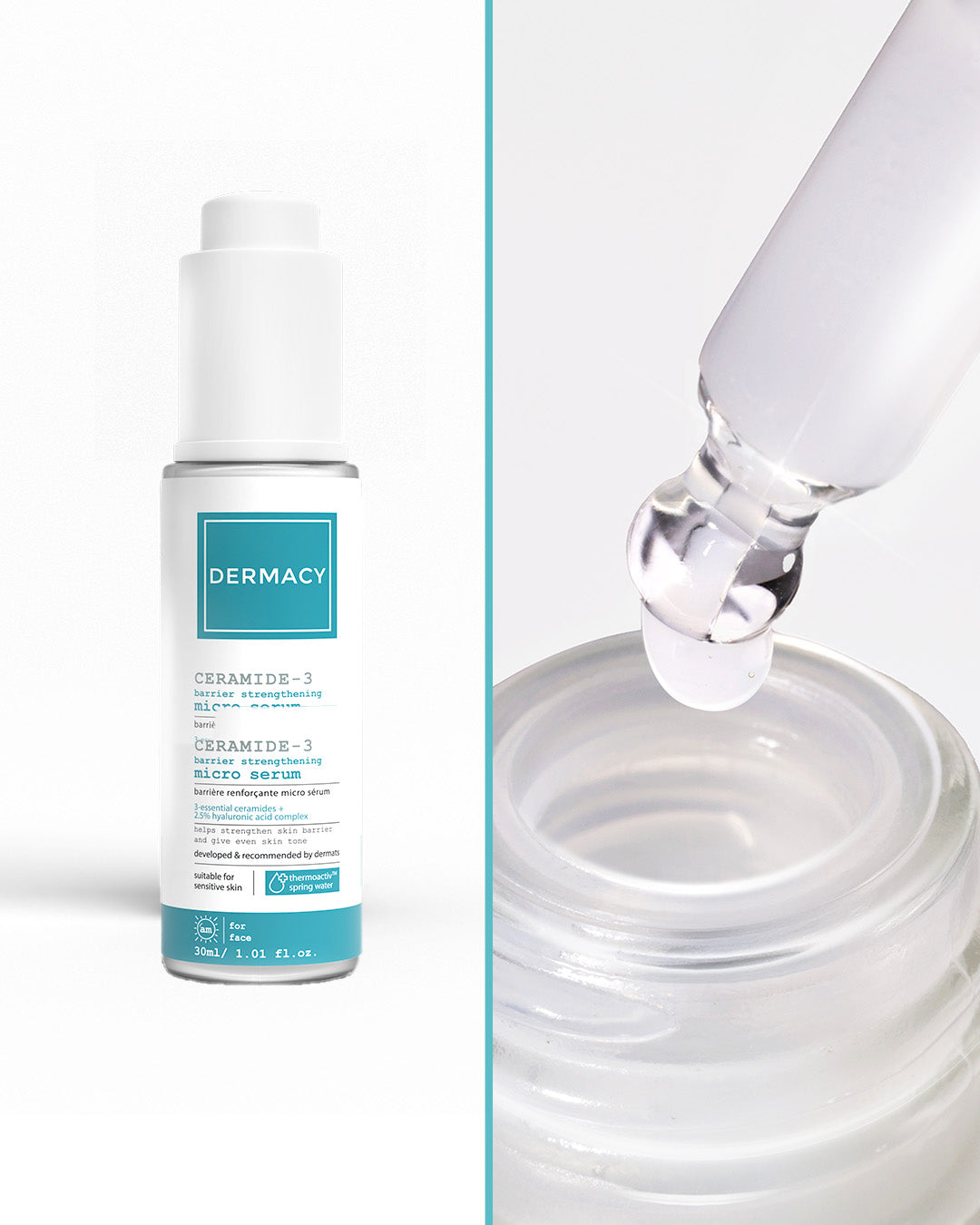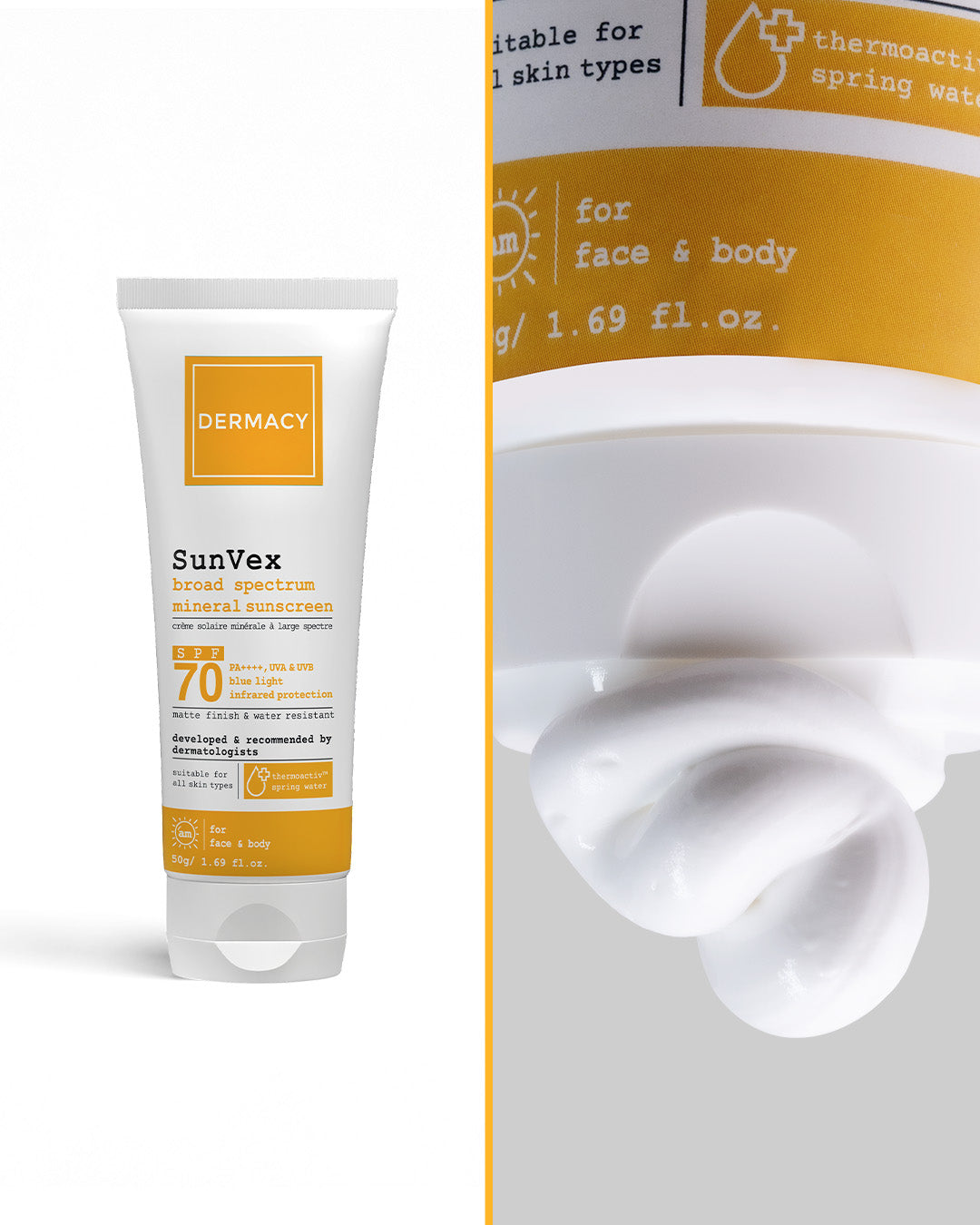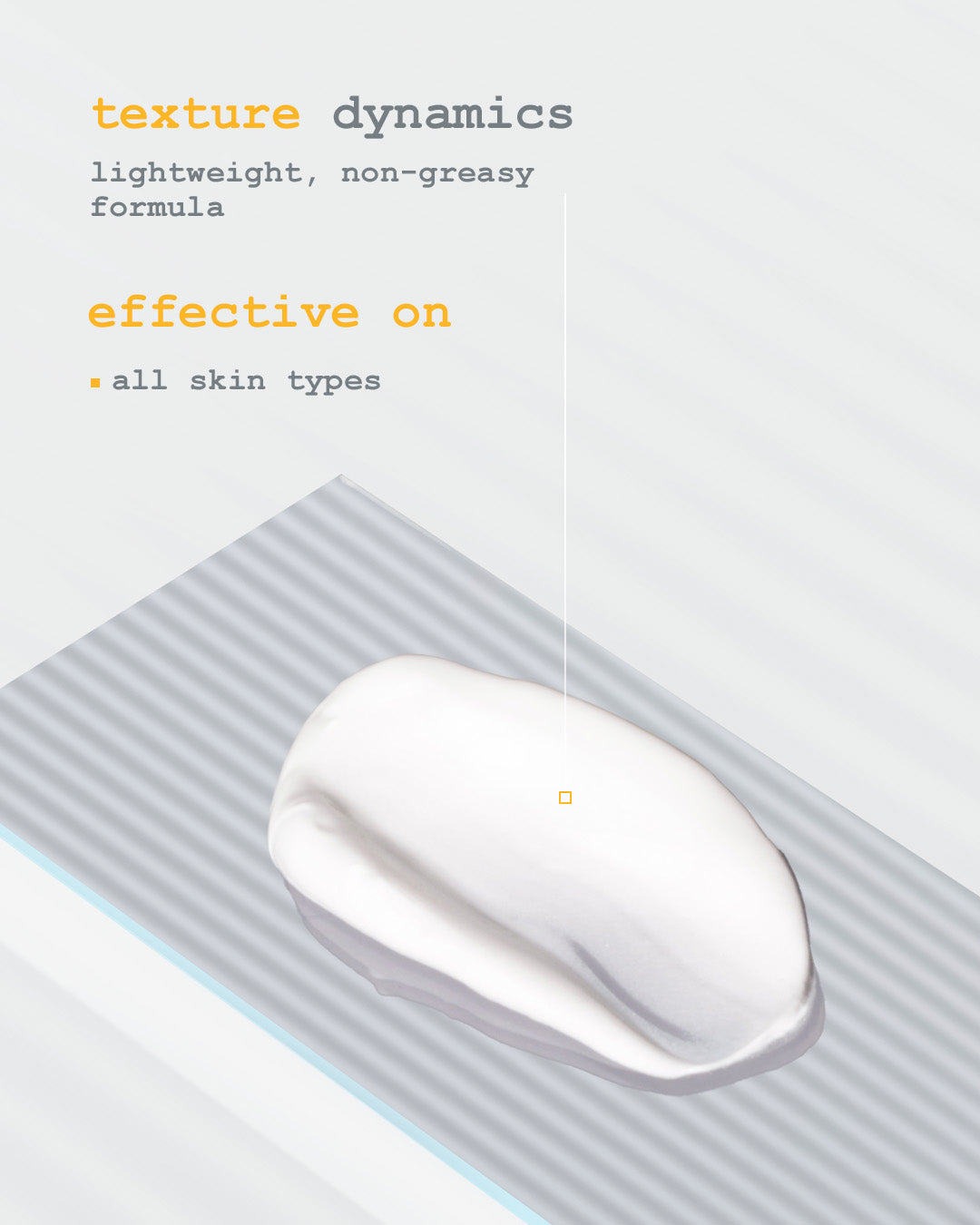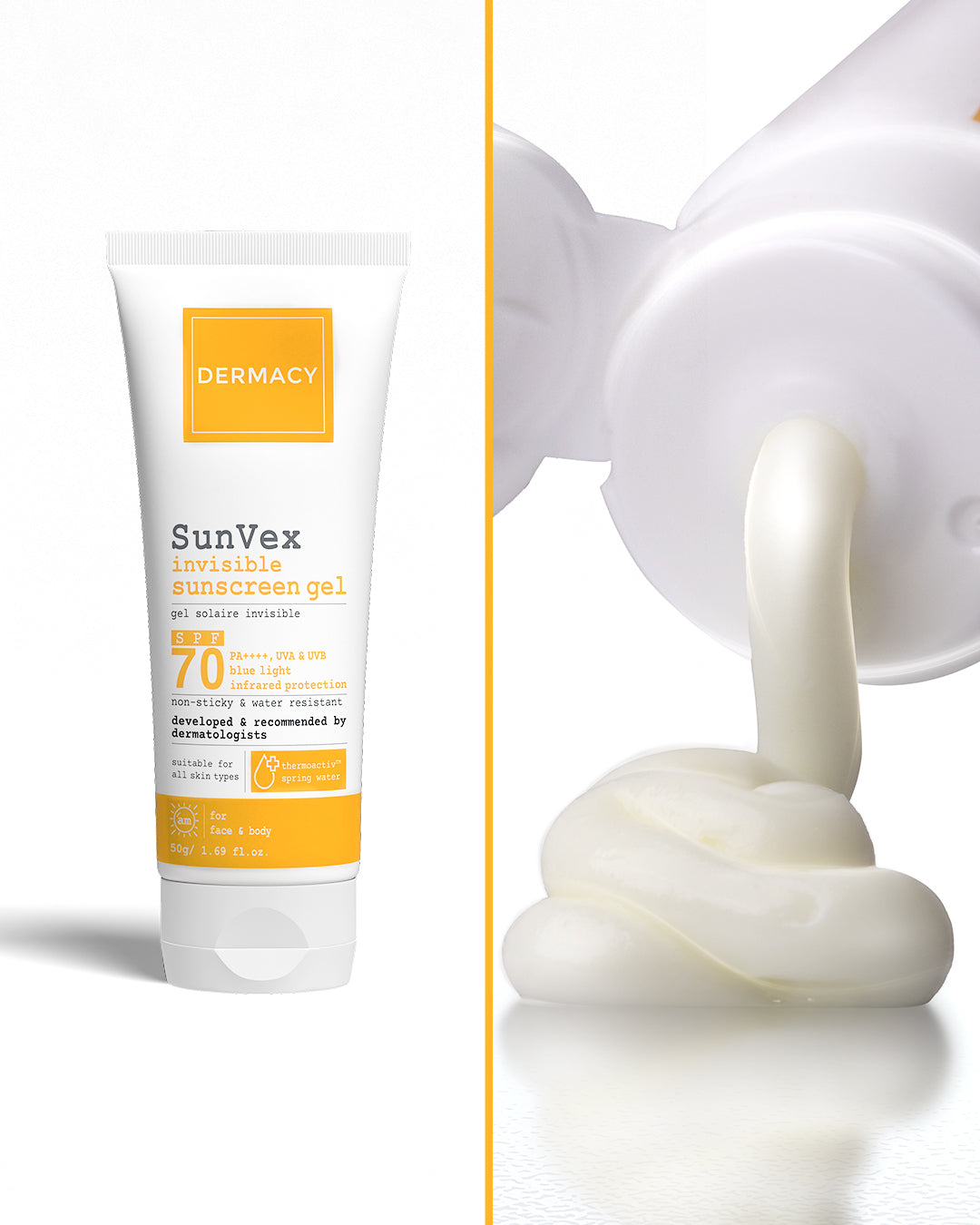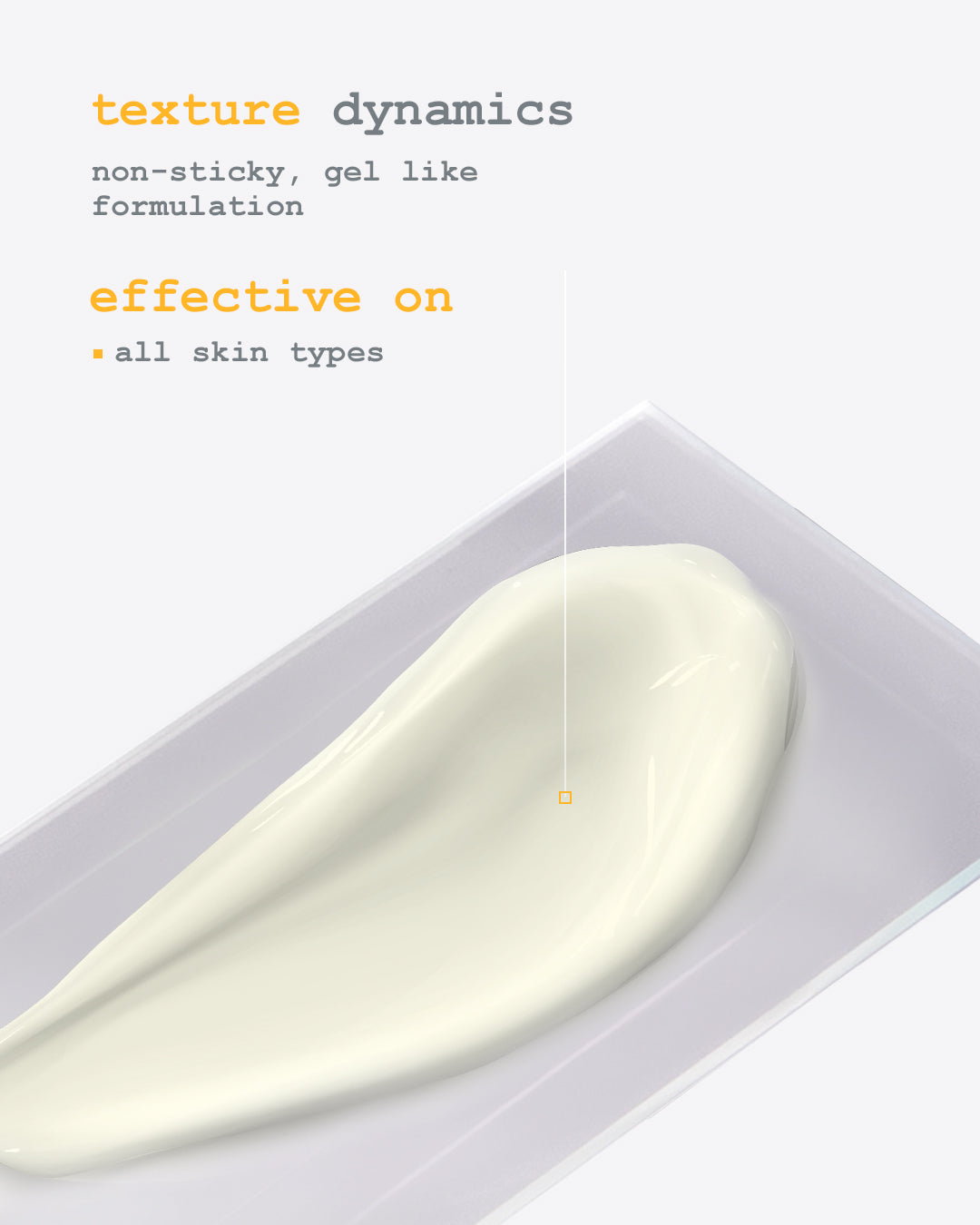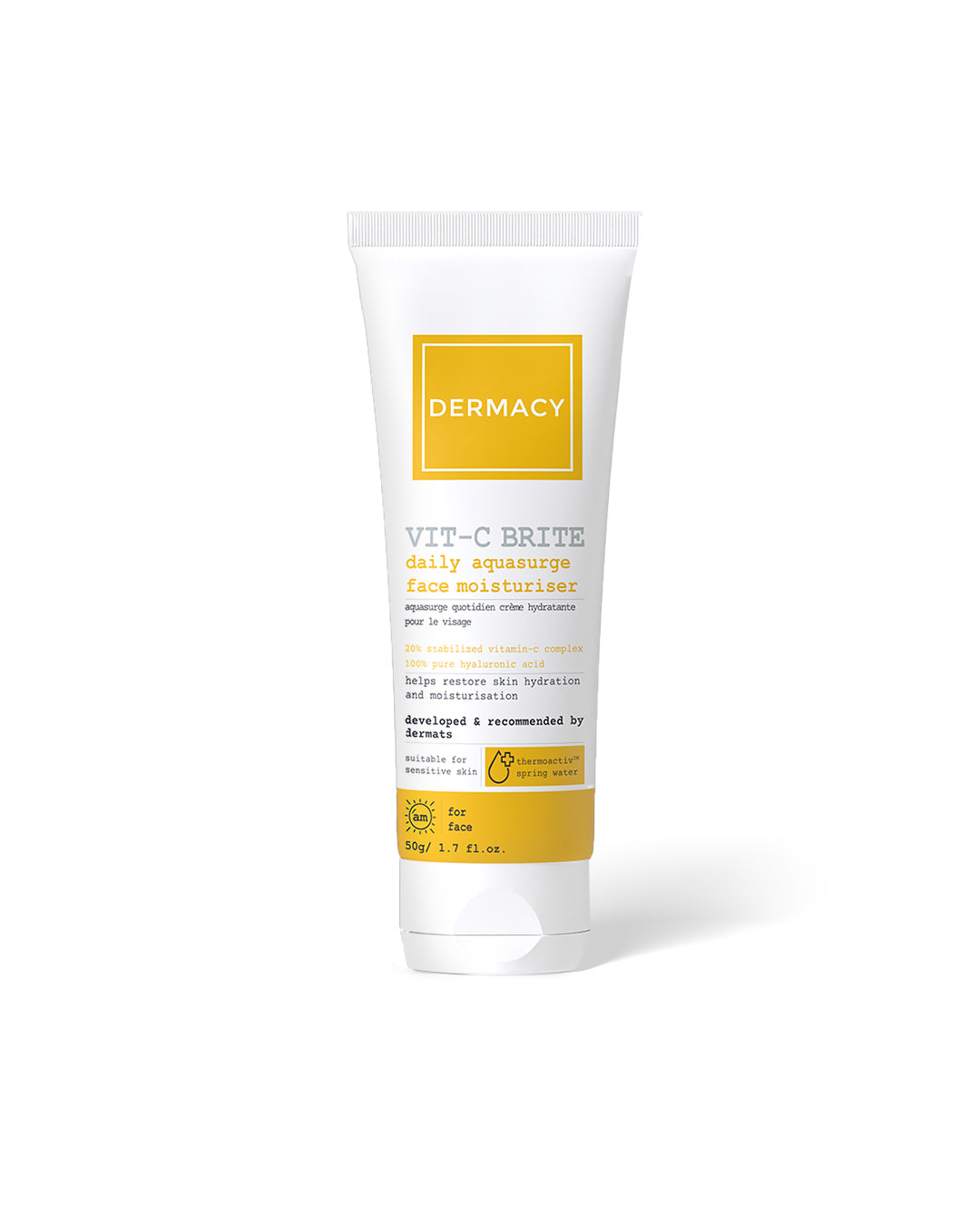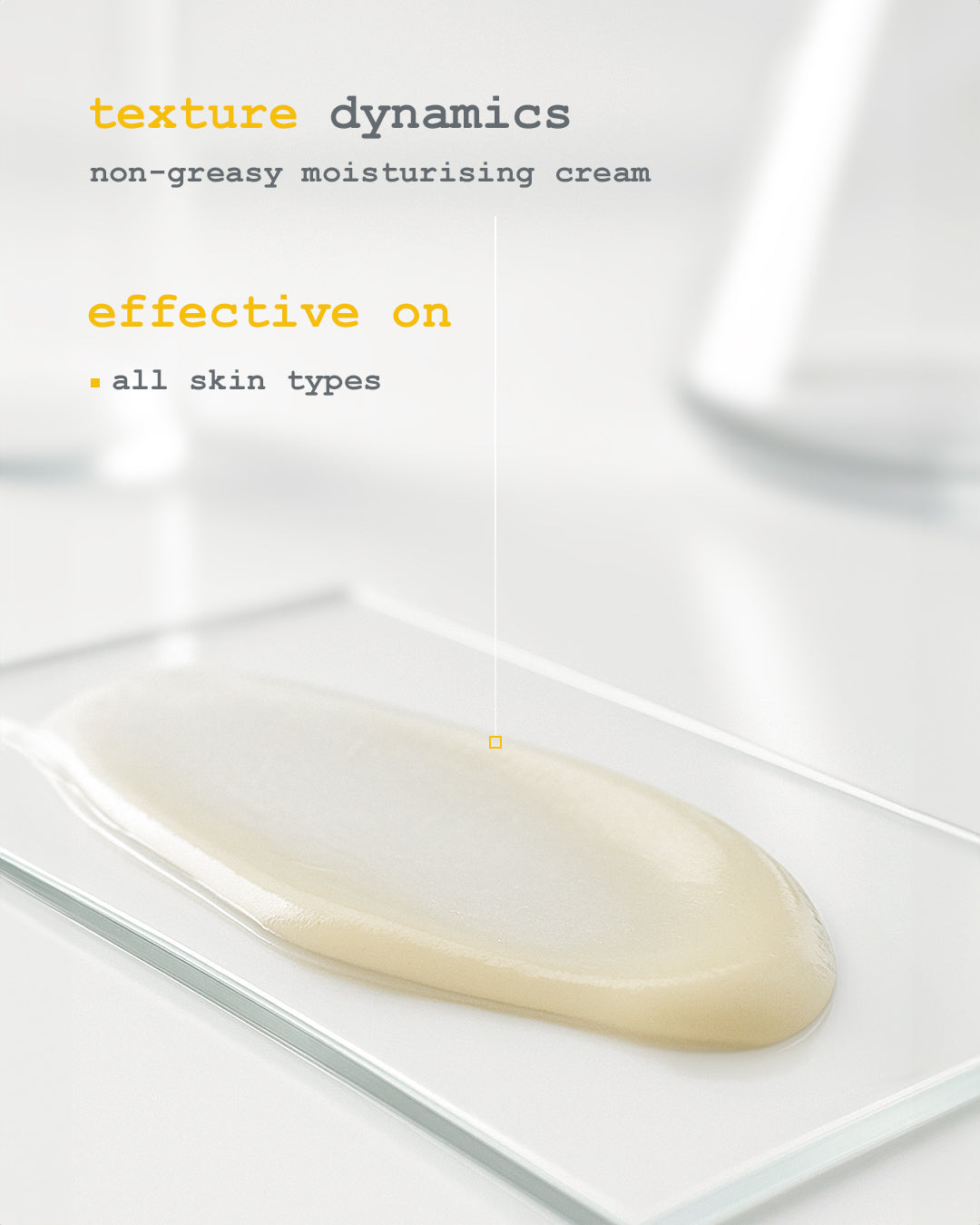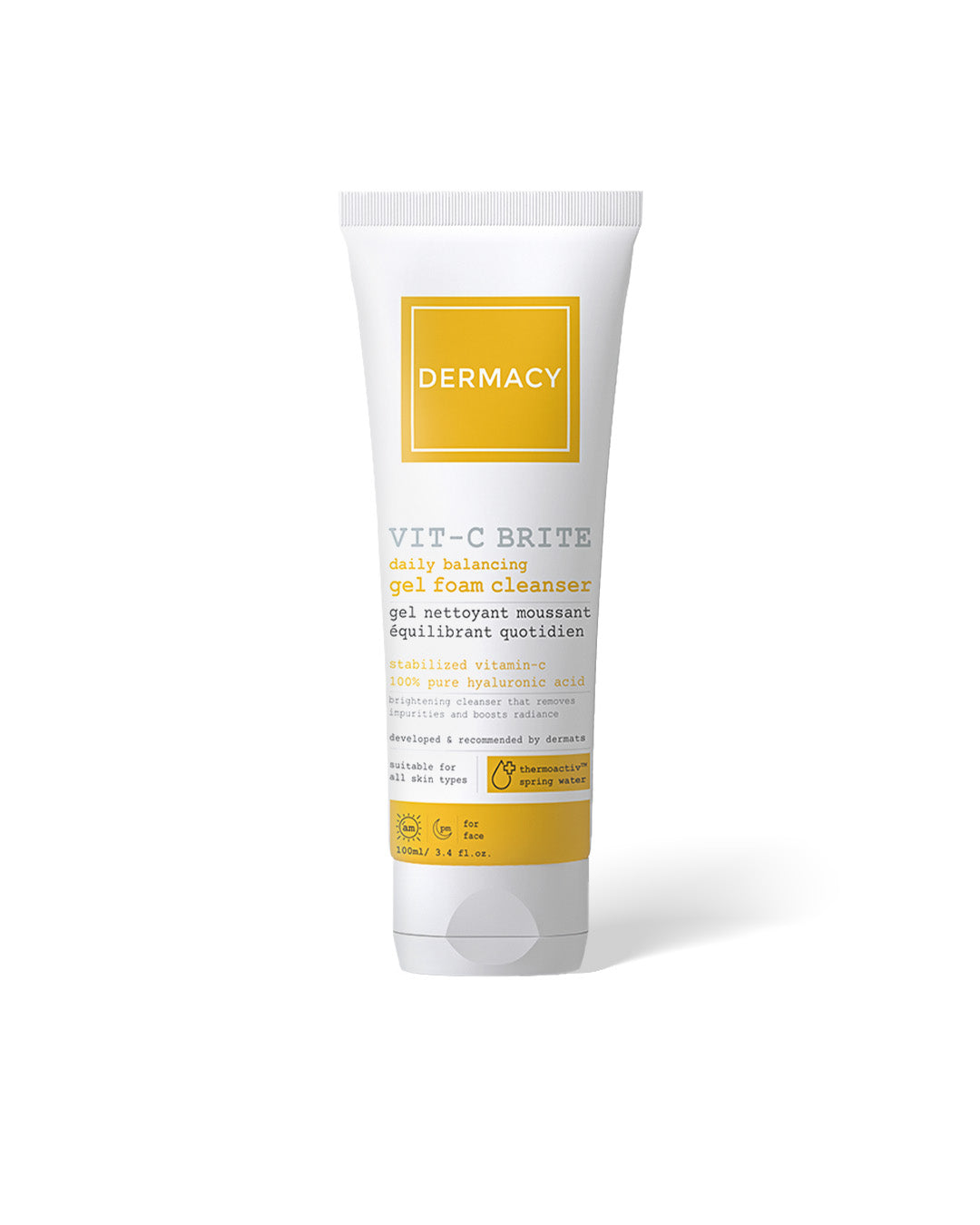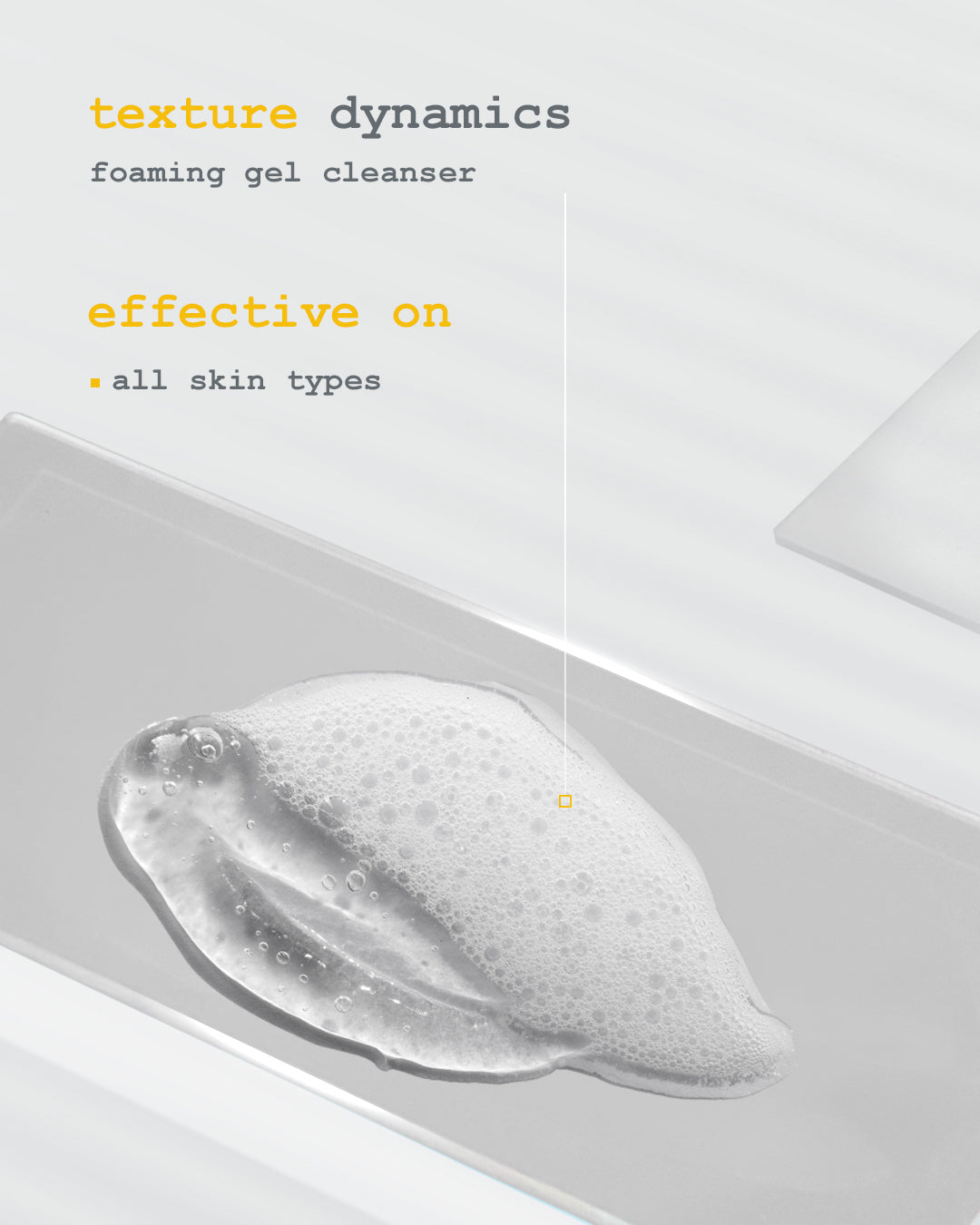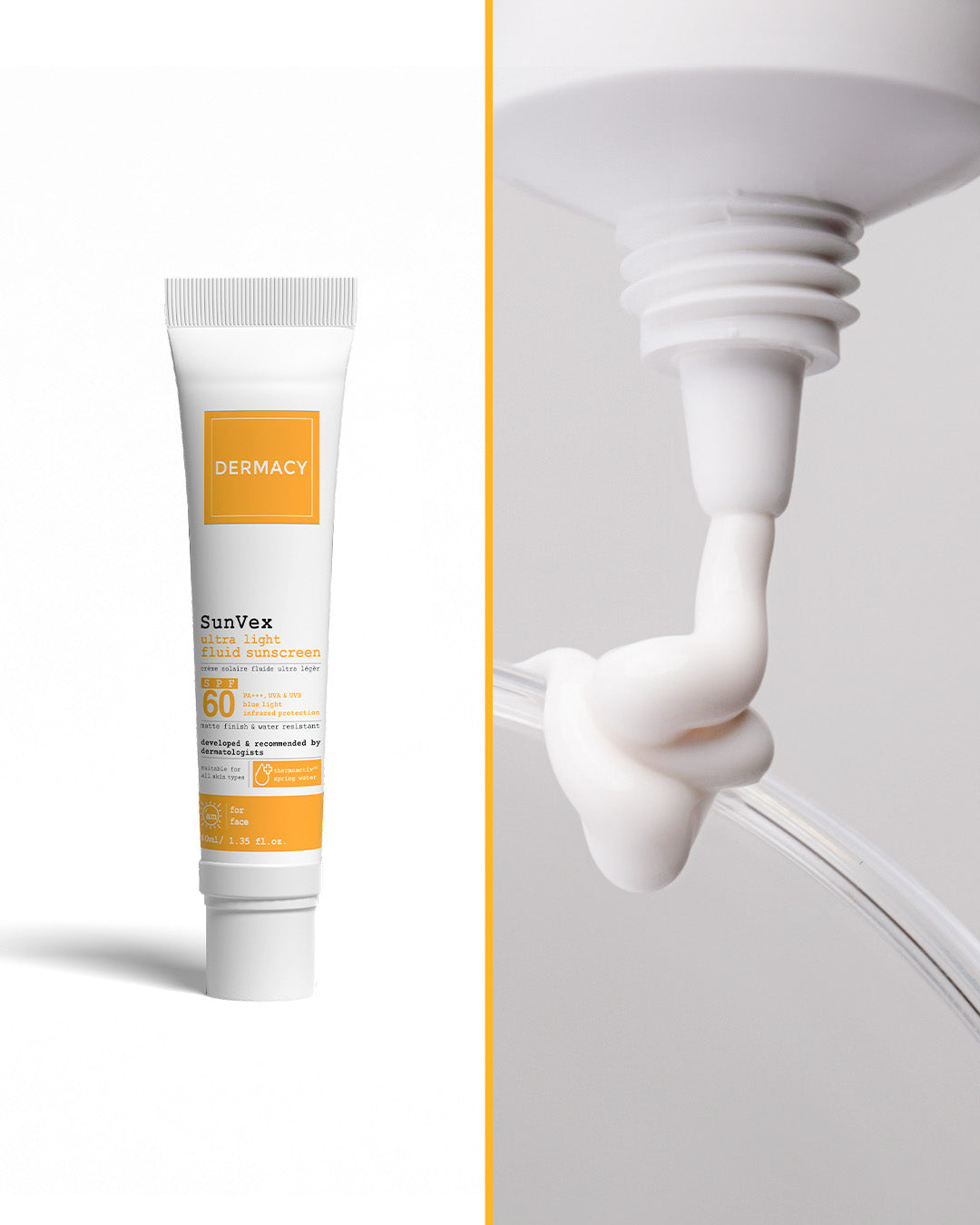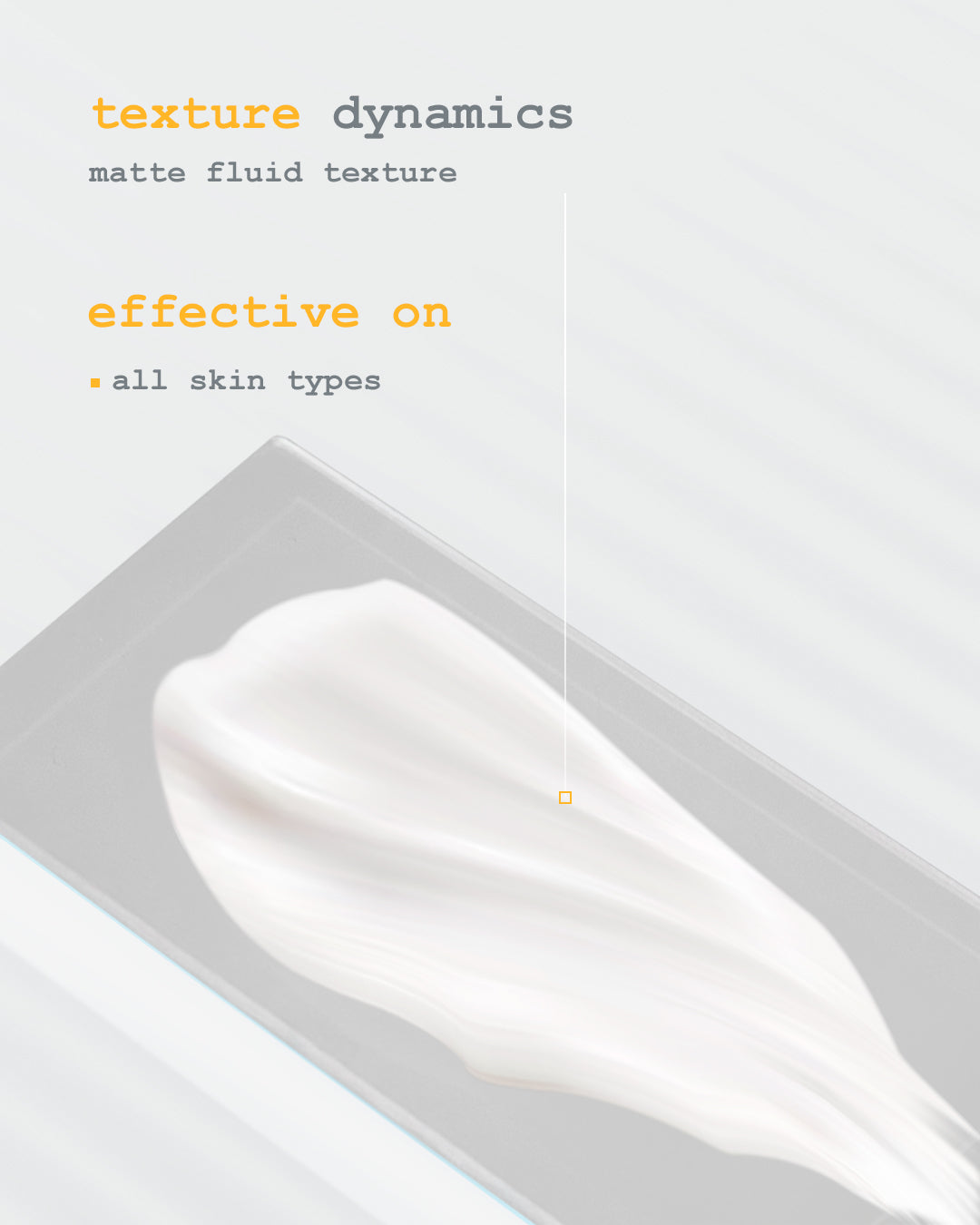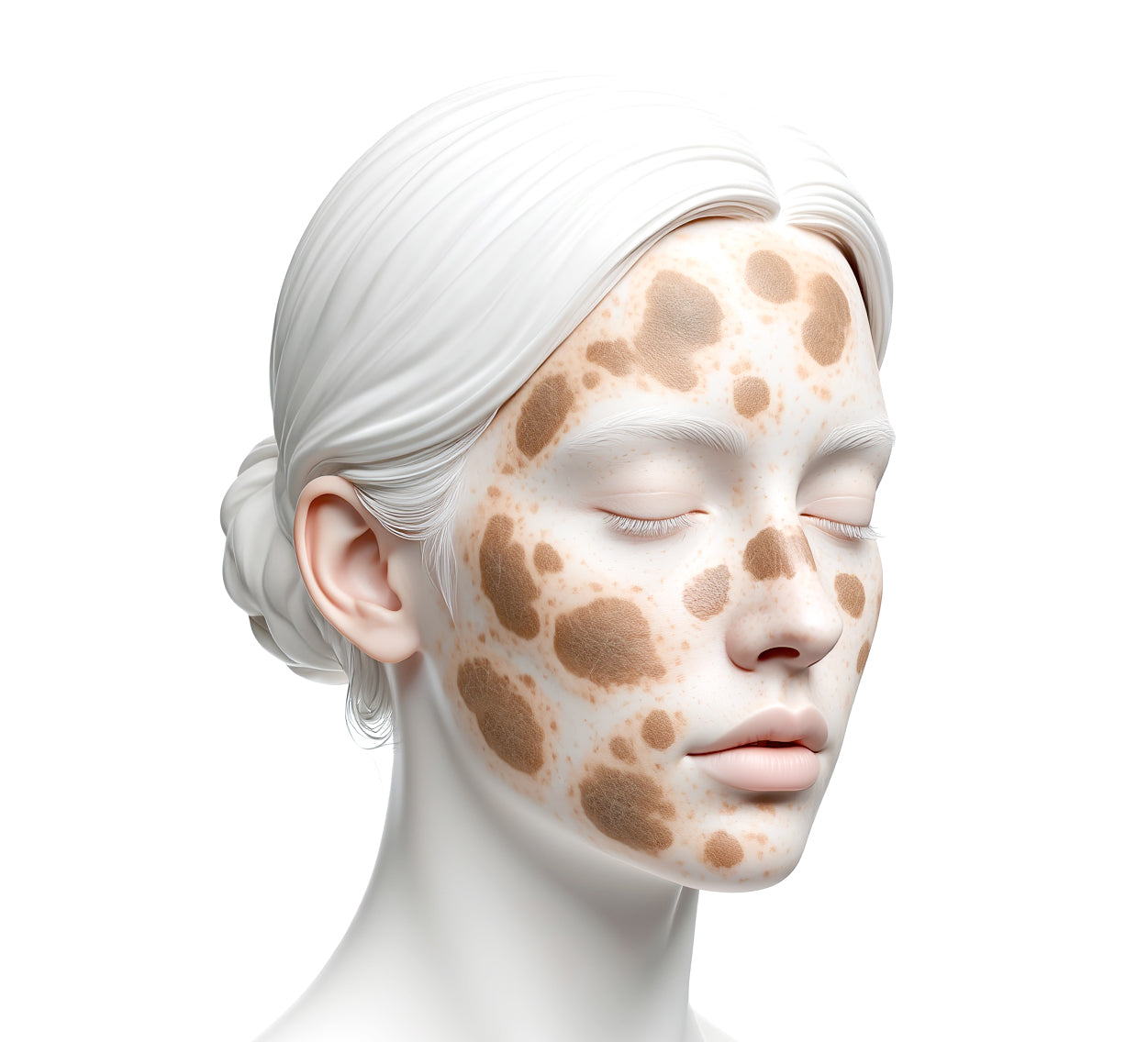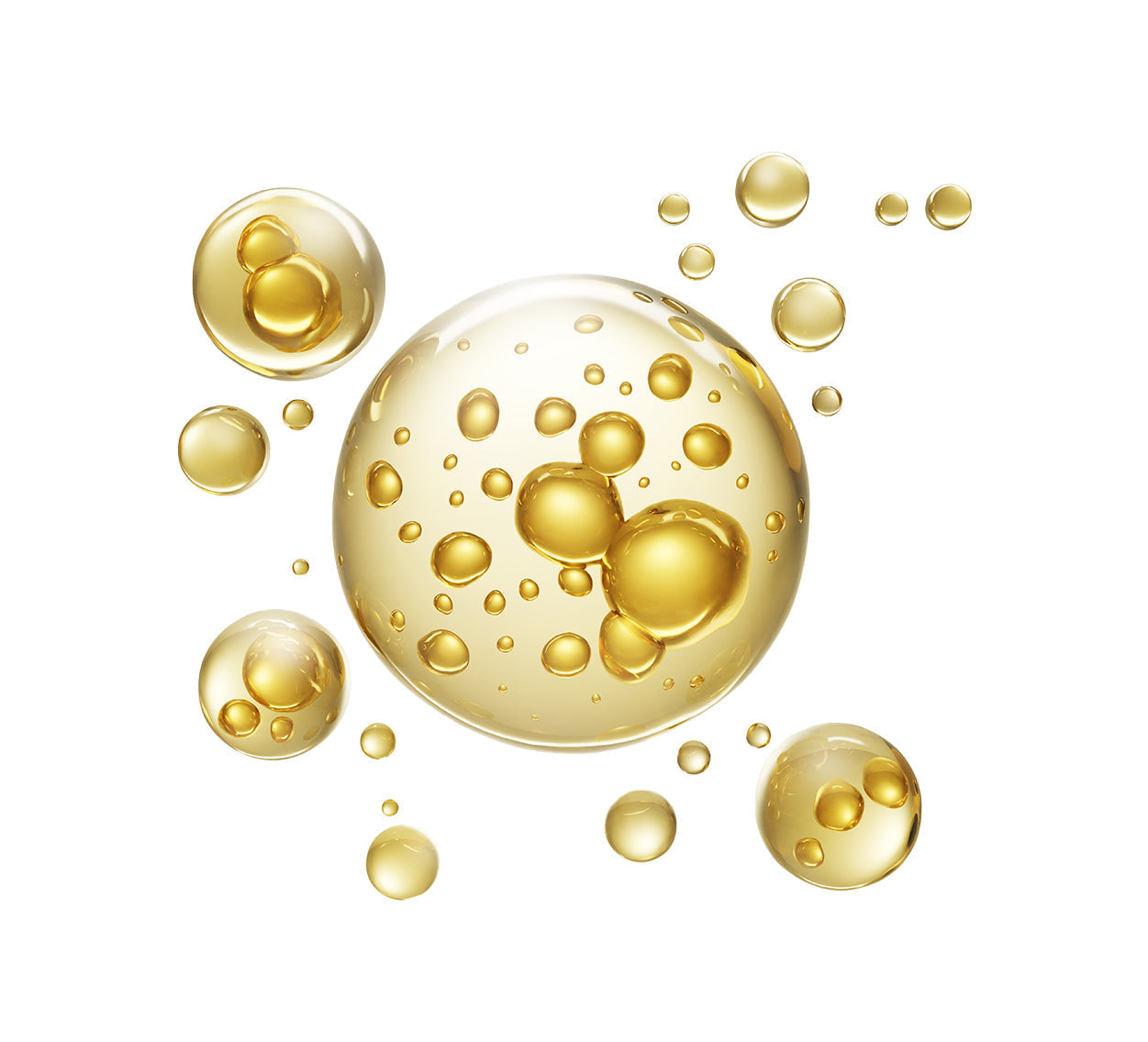Your Skin Barrier: The Foundation of Healthy Skin
Causes of Skin Barrier Damage
- Over-cleansing or using harsh surfactants
- Overuse of exfoliating acids or retinoids
- UV exposure
- Low humidity and dry environments
- Internal stress and inflammation
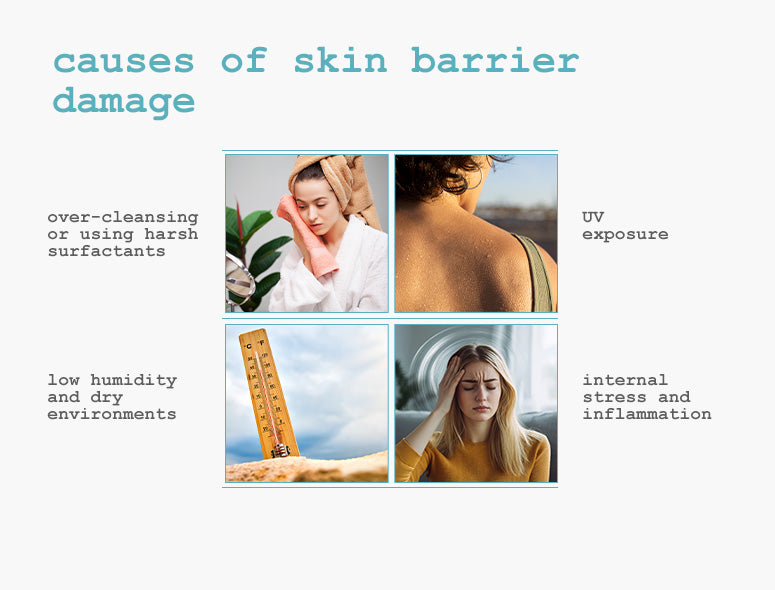
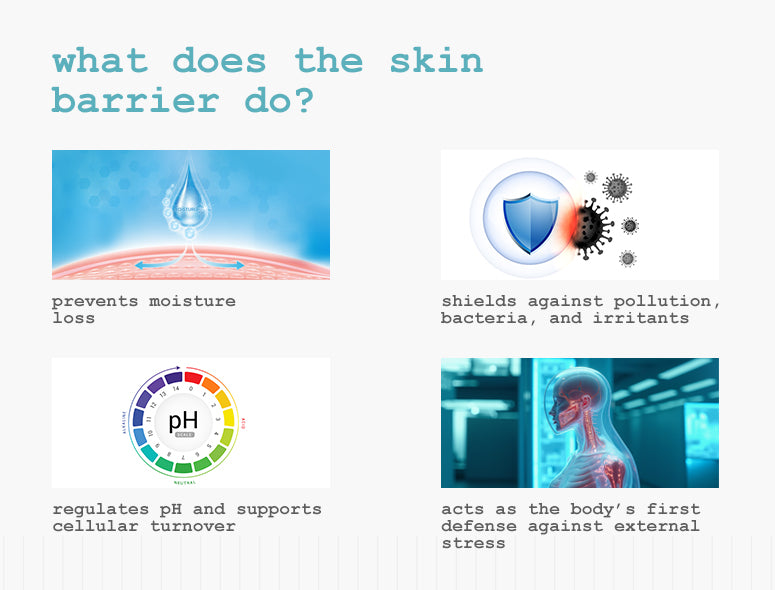
What Does the Skin Barrier Do?
The skin barrier, also known as the stratum corneum, consists of corneocytes (skin cells) embedded in a lipid matrix made of ceramides, fatty acids, and cholesterol. Together, they create a structured layer that:
- Prevents moisture loss
- Shields against pollution, bacteria, and irritants
- Regulates pH and supports cellular turnover
- Acts as the body’s first defense against external stress
How to Maintain and Repair the Skin Barrier
-
1.Choose Barrier-Supportive Ingredients
- Fatty acids
- Cholesterol
- Hyaluronic acid
- Panthenol
- Niacinamide These ingredients mimic and replenish the skin’s natural lipid matrix, essential for skin barrier repair. 2. Avoid Over-Exfoliation
Look for moisturizers and serums containing:
Limit physical scrubs and frequent use of strong acids. Over-exfoliating weakens the barrier and increases skin inflammation.
3. Use a Gentle Cleanser
Opt for low-pH, non-stripping formulas that preserve essential lipids and support healthy skin barrier function.
4. Simplify Your Routine
Too many actives can lead to skin barrier damage. Focus on hydration, repair, and sun protection.
5. Apply Daily SPF
UV exposure accelerates barrier breakdown. Broad-spectrum sunscreen protects the skin’s outer layer and prevents long-term disruption
Final Takeaway
The skin barrier is your skin’s first—and most critical—line of defense. When supported properly, it regulates moisture, prevents skin inflammation, and promotes long-term skin balance. Whether you’re recovering from skin barrier damage or maintaining daily health, focus on skin barrier function with barrier-supportive ingredients, gentle routines, and consistent sun protection.





